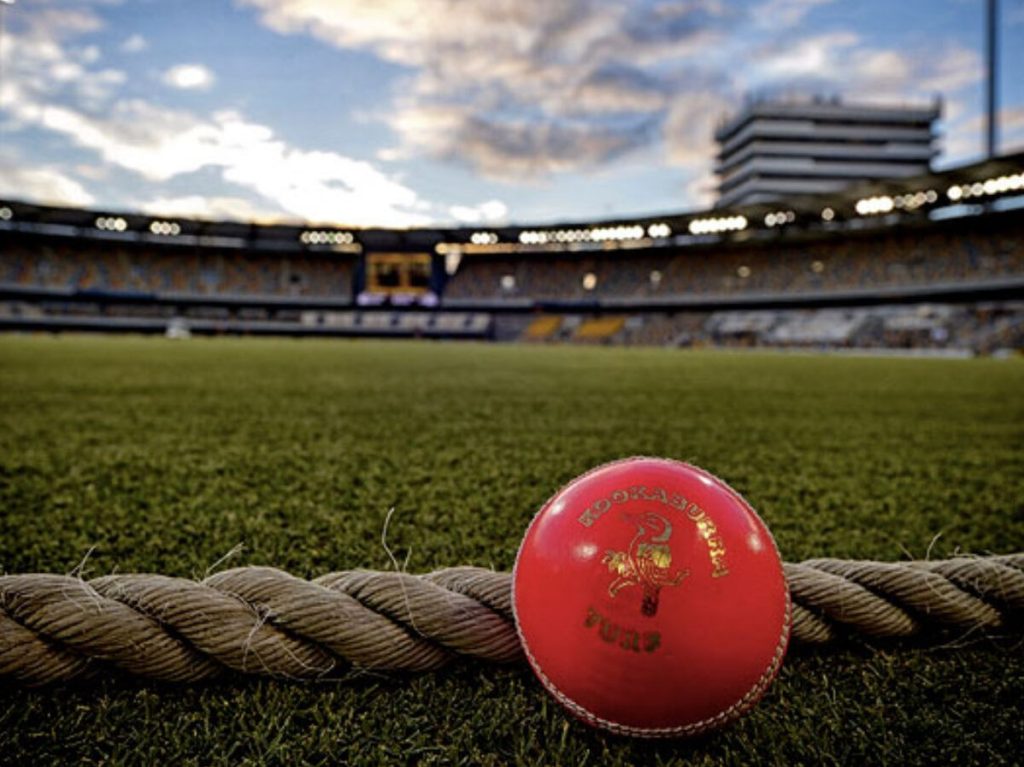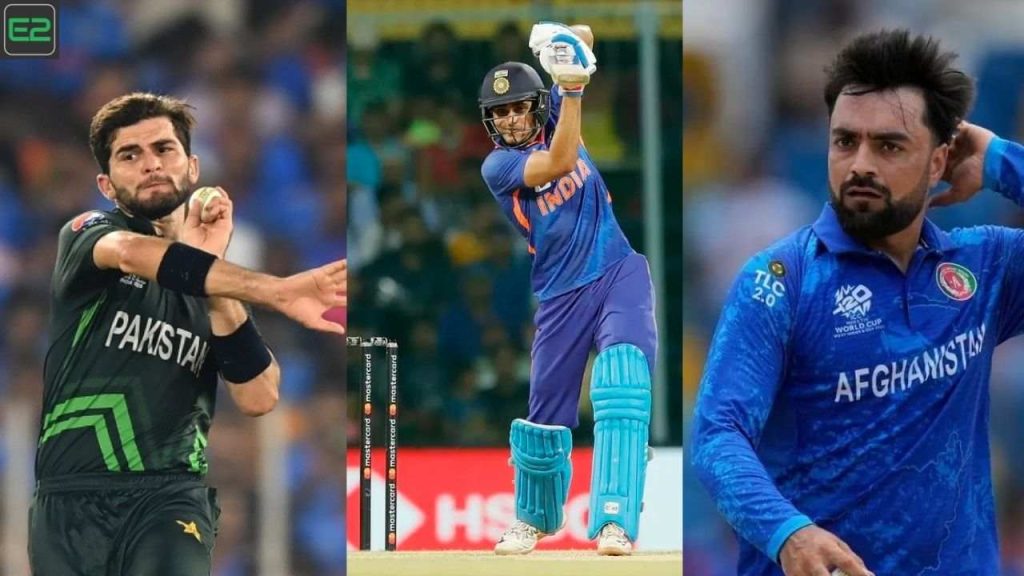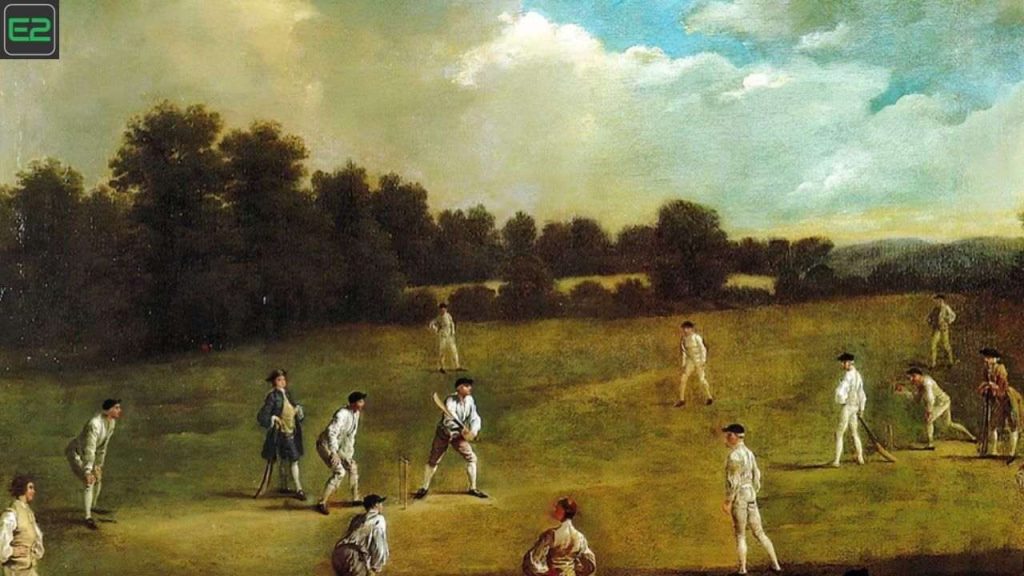First Day-Night Cricket Match: Cricket, a sport deeply rooted in tradition, has undergone numerous transformations to adapt to the changing times. One of the most significant innovations in the sport was the introduction of day-night cricket matches. This revolutionary concept allowed matches to be played under artificial lights, thereby attracting larger audiences and making the game accessible to people who could not attend during the day. The first official day-night cricket match was played on November 27, 1979, during the World Series Cricket (WSC) in Australia.
Historical Context
The idea of day-night cricket emerged as a response to declining attendances at Test matches and domestic games in the 1970s. Traditional cricket scheduling often clashed with work hours, limiting its audience. Kerry Packer, an Australian media mogul and the driving force behind the World Series Cricket, envisioned day-night matches as a way to make the game more commercially viable and spectator-friendly.

First Day-Night Cricket Match: The introduction of floodlights and colored clothing transformed cricket into a spectacle, merging sport with entertainment. This innovation laid the groundwork for modern-day limited-overs and T20 cricket.
The Match: WSC Day-Night Game
The first official day-night cricket match was played between WSC Australia XI and WSC West Indies XI at the Sydney Cricket Ground (SCG). Here’s an overview of the match details:
| Date | November 27, 1979 |
|---|---|
| Venue | Sydney Cricket Ground (SCG), Australia |
| Teams | WSC Australia XI vs. WSC West Indies XI |
| Format | Limited-Overs International (LOI) |
| Result | WSC West Indies XI won by 7 wickets |
First Day-Night Cricket Match: Match Highlights
- Innovative Format:
The match featured 40 eight-ball overs per side, a standard format in World Series Cricket at the time. - Colored Clothing:
Teams donned colored uniforms for the first time in cricket history, with WSC Australia XI in gold and WSC West Indies XI in pink. This replaced the traditional white kits. - White Ball:
A white cricket ball was used instead of the traditional red ball to improve visibility under floodlights. - Audience Reaction:
The game attracted a sizable crowd, with over 10,000 spectators attending the match and millions watching on television, proving the format’s viability.
Scorecard Summary

| Innings | WSC Australia XI | WSC West Indies XI |
|---|---|---|
| First Innings Score | 235/8 (40 overs) | – |
| Second Innings Score | – | 236/3 (38 overs) |
| Result | – | WSC West Indies XI won |
Evolution of Day-Night Cricket
First Day-Night Cricket Match: The success of this inaugural match paved the way for widespread adoption of day-night cricket. Below are key milestones in its evolution:
- Domestic Day-Night Matches:
- First Day-Night ODI:
- The first official day-night One-Day International (ODI) match was played on December 5, 1979, between Australia and the West Indies at the SCG.
- Day-Night Test Matches:
- The first-ever day-night Test match was played between Australia and New Zealand from November 27 to December 1, 2015, at the Adelaide Oval, featuring a pink ball.
Comparison: Day Matches vs. Day-Night Matches

| Aspect | Day Matches | Day-Night Matches |
|---|---|---|
| Timing | Played entirely in daylight | Played in the afternoon and evening |
| Audience | Limited due to work hours | Larger due to evening accessibility |
| Ball Used | Red ball | White or pink ball |
| Clothing | White kits | Colored kits |
| Visibility | Natural light | Artificial floodlights |
First Day-Night Cricket Match: Impact on Cricket
- Commercial Success:
The introduction of day-night matches increased revenue for cricket boards, broadcasters, and sponsors by reaching larger audiences. - Global Reach:
Day-night cricket made the sport more accessible to fans in different time zones, enhancing its global appeal. - Player Adaptation:
Players had to adjust to new challenges, such as visibility under lights and the behavior of the white ball. - New Formats:
The concept paved the way for shorter formats like T20 cricket, further revolutionizing the game.
Modern-Day Significance

First Day-Night Cricket Match: Day-night cricket is now a cornerstone of limited-overs formats and has even found its place in Test cricket. High-profile tournaments like the ICC Cricket World Cup and IPL heavily rely on day-night games to maximize viewership.
Legacy of the First Match
The first day-night cricket match in 1979 was a groundbreaking event that redefined the sport. It showcased cricket’s ability to innovate and adapt to changing societal needs. Today, cricket played under lights is a symbol of the sport’s evolution, blending tradition with modernity.
Conclusion
First Day-Night Cricket Match: The inaugural day-night cricket match on November 27, 1979, was a transformative moment in cricket history. From introducing colored clothing and white balls to leveraging floodlights for larger audiences, this innovation revolutionized the sport. The legacy of that game is visible in every day-night match played today, making it a cornerstone of cricket’s modernization.














